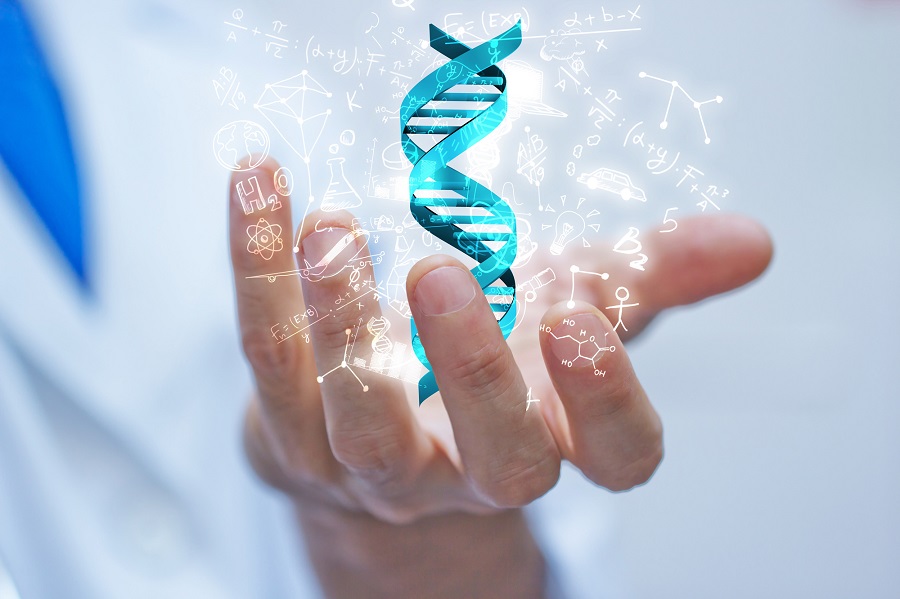Everyone’s seen at least one outlandish movie scene featuring DNA sequencing. A whole film franchise centers around using DNA sequencing to clone dinosaurs. But there isn’t much scientific truth to what you see on the movie screen.
Humans have around 3 billion DNA base pairs. Unlike in a movie, even with a perfect copy of those 3 billion pairs, cloning is impossible. Understanding the order of DNA base pairs is still vital to scientific growth.

It’s time to take a deeper look at why DNA sequencing is so important. This way you can tell fact from fiction during your next movie marathon.
What is DNA Sequencing?
DNA sequencing is the process of breaking down DNA to study the order of base pairs. Studying this information helps scientists find genes responsible for hereditary traits.
Almost every organism on earth has DNA as the foundation for their cells. The base pairs are always adenine paired with thymine and cytosine with guanine. The formation of the DNA base pairs spells out what the organism looks like.
Think of each base pair as a letter. String enough base pairs together and it forms your name. If only understanding the DNA sequencing chart were that easy.
DNA Sequencing: The Process
There are a few common methods to process materials for sequencing. The main differences are the chemicals used to amplify the DNA. Amplifying is the process of copying DNA fragments so there’s more to study.
No matter which method the lab uses, it will follow three basic steps. The first steps can be done by hand or a sequencing machine.
To amplify DNA, it’s heated and split it into separate strands. Primers stick to the DNA strands to begin the regrowth process. Adding polymerase solutions triggers the DNA fragments to grow full complimentary chains.
Electrophoresis uses gel and electricity to sort denatured DNA fragments. A positive electrode pulls negatively charged DNA through the gel. Small DNA fragments move faster than big chains and get closer to the electrode.
Computers scan the sorted DNA segments using lasers and fluorescent tags. Advanced programs compile the data and show the base pairs for the DNA segment.
Sequencing technologies get better with each generation. Scientists went from taking 13 years to sequence a genome to 2 days. Those curious about emerging sequencing technology can learn more here.
How is DNA Sequencing Used?
Thanks to fast DNA sequencing, scientists can target diseases at their source. In time, DNA sequencing may even help treat newborns for DNA-determined health risks.
The Cancer Genome Project uses DNA sequencing. They’re unraveling the mystery behind 30 types of cancer. Another project uses sequencing to look at who develops heart disease and diabetes.
DNA sequencing isn’t just for the human genome. DNA from plants tells scientists how they evolved and survived. This information can create more sustainable farming practices.
DNA Sequencing Expands Our Knowledge About the World
To understand how something works, you need to see what it’s made from. Living organisms rely on a complex strand of acid, DNA, to determine what they’ll become.
It took scientists from the 1970s until now to master DNA sequencing. With faster sequencing, doctors can pinpoint the type of cancer for better treatment.
Want to learn more about scientific advancements that can help you live a long, happy life? Visit our Health section.




